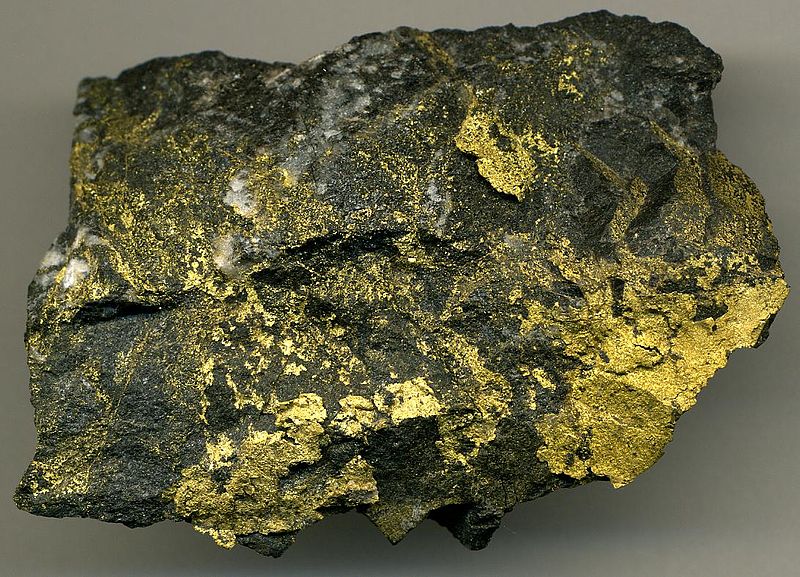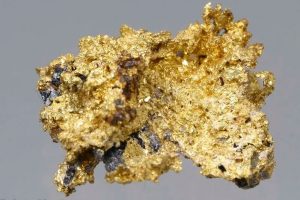In the vast realm of minerals, metals often take the spotlight due to their extensive use in various industries. However, there is a diverse group of minerals that do not fall under the category of metals. These non-metallic minerals possess unique properties and play crucial roles in different applications. In this article, we will delve into the world of non-metallic minerals, exploring their characteristics, uses, and significance in today's society.
- Definition and Differentiation:
Non-metallic minerals are substances that lack metallic properties such as luster, malleability, and electrical conductivity. Unlike metals, they do not possess the ability to conduct heat and electricity efficiently. Instead, they exhibit a wide range of physical and chemical properties that make them valuable in various industries. - Types of Non-Metallic Minerals:
There are numerous types of non-metallic minerals, each with its distinct characteristics and applications. Some prominent examples include:
a) Quartz: Known for its hardness and resistance to chemical weathering, quartz is widely used in the production of glass, ceramics, and electronic devices.
b) Calcite: This mineral, composed of calcium carbonate, finds its applications in the manufacturing of cement, fertilizers, and building materials.
c) Gypsum: With its fire-resistant properties, gypsum is extensively used in the construction industry for making drywall, plaster, and cement.
d) Talc: Renowned for its softness and lubricating properties, talc is a vital component in the production of cosmetics, paper, and plastics.
- Importance and Applications:
Non-metallic minerals play a crucial role in various industries, contributing to economic growth and technological advancements. Some key applications include:
a) Construction Industry: Minerals like limestone, gypsum, and clay are essential for the construction of buildings, roads, and infrastructure.
b) Manufacturing Sector: Non-metallic minerals such as quartz, talc, and feldspar are used in the production of ceramics, glass, and electronic components.
c) Agriculture and Fertilizers: Minerals like phosphate and sulfur are vital ingredients in fertilizers, promoting healthy plant growth and increased crop yields.
d) Cosmetics and Personal Care: Talc, mica, and kaolin are commonly used in the production of cosmetics, providing texture, absorbency, and color.
- Environmental Impact and Sustainability:
While non-metallic minerals offer numerous benefits, their extraction and processing can have environmental implications. It is crucial to adopt sustainable practices and minimize the ecological footprint associated with mining and processing these minerals. Recycling and responsible sourcing can contribute to a more sustainable future.
Conclusion:
In conclusion, non-metallic minerals form an integral part of our daily lives, despite often being overshadowed by their metallic counterparts. Understanding the characteristics, applications, and significance of non-metallic minerals allows us to appreciate their role in various industries. By exploring sustainable practices, we can ensure the responsible utilization of these valuable resources, paving the way for a more environmentally conscious future.









+ There are no comments
Add yours